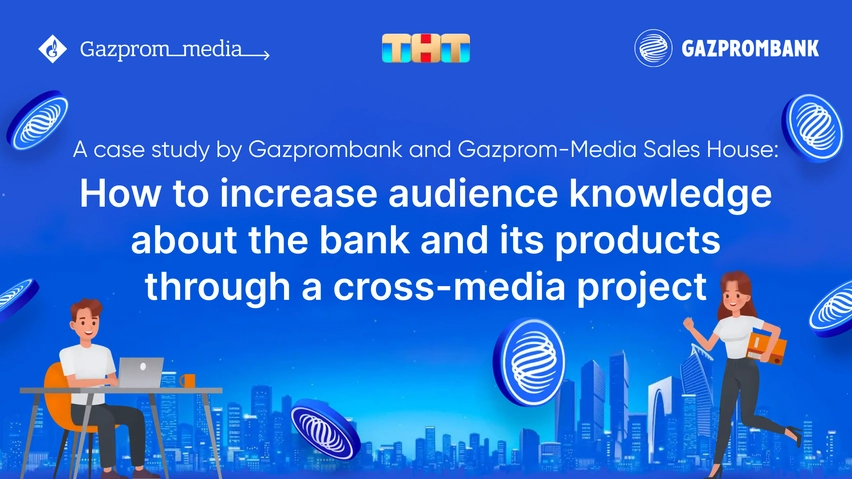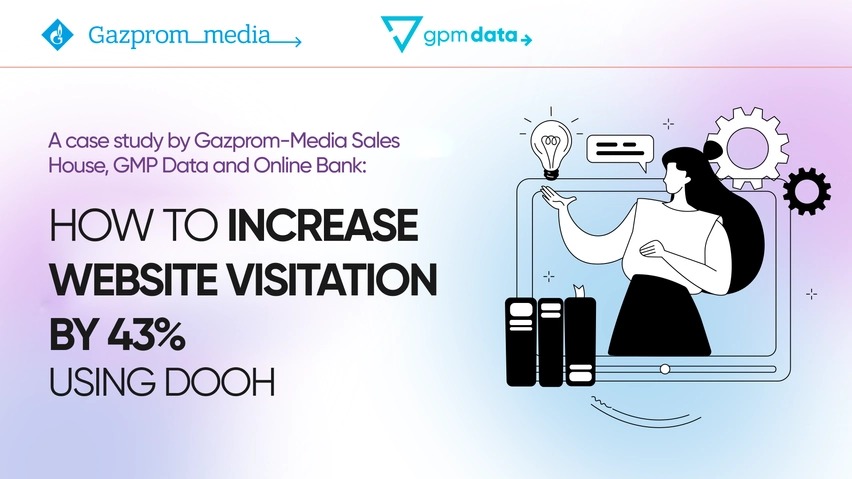
A сase study of Gazprom-Media Sales House and GPM Data: How to improve the effect of an advertising campaign with omnichannel DSP
Gazprom-Media Sales House and GPM Data have run a cross-media campaign for a FMCG brand, using a proprietary DSP by Kvant. The new case study reveals the efficiency of the radio/DOOH synergy.
Goal
Attract new customers and increase product demand by focusing on the brand’s USP.
Tasks
Cover the intended target audience as precisely as possible (all from 18 to 34 years old)
Reduce the high-frequency tail (from the 10+ frequency)
Verify results by measuring brand metrics
Solution
The brand’s target audience is soft drink consumers. It is difficult to stand out from the competition in this FMCG category. That is why the two companies decided to launch an advertising campaign around an eye-catching key message: “sugar-free”. This message highlighted the brand’s USP and was relevant to the audience segment with a preference for sugar-free beverages.
In order to improve placement efficiency, Gazprom-Media Sales House and GPM Data, the consolidated center for big data operations within Gazprom-Media Holding, set up point targeting for the target audience in DOOH, thereby achieving broad outreach through extensive coverage of outdoor digital surfaces. Audience selection was based on surveys and user behavior in ground transportation.
The ad placement was continuously optimized throughout the entire campaign using machine learning algorithms developed by Kvant, a part of Gazprom-Media Sales House. Contact frequency was limited as well. The ad would be displayed to each user a maximum of 20 times, with no more than one display within any 10-minute period.
The use of omnichannel DSP also made it possible to synchronize ad launches in the DOOH format and on the radio. Within 20 seconds of the ad being played on the radio, it also appeared on outdoor digital structures.

Results
After the advertising campaign, brand metrics were measured by differentiating the target audience into three groups:
- 1
Saw DOOH ads and heard the radio announcements,
- 2
Saw DOOH ads only,
- 3
Did not see the ads (control group).
Users completed surveys when connecting to the public transit Wi-Fi network. Survey results show that omnichannel promotion makes advertisements more memorable.
Users exposed to both radio and DOOH ads were able to name the brand more often (+5.2 percentage points compared to the control group).
Purchase intent proved to be higher among those who saw DOOH ads (+2.1 percentage points compared to those who did not see the ads).
The final reach of the target audience was 43%, exceeding the planned target by 20%. Only 1/5 contacts required a frequency of 10+.
Furthermore, the teams managed to optimize advertising investments and reduce cost per contact (CPC). The affinity index exceeded the target of 18%.
Do you want to advertise?
Send us a message right now, and our managers will get back to you right away!
What type of advertising are you after?











